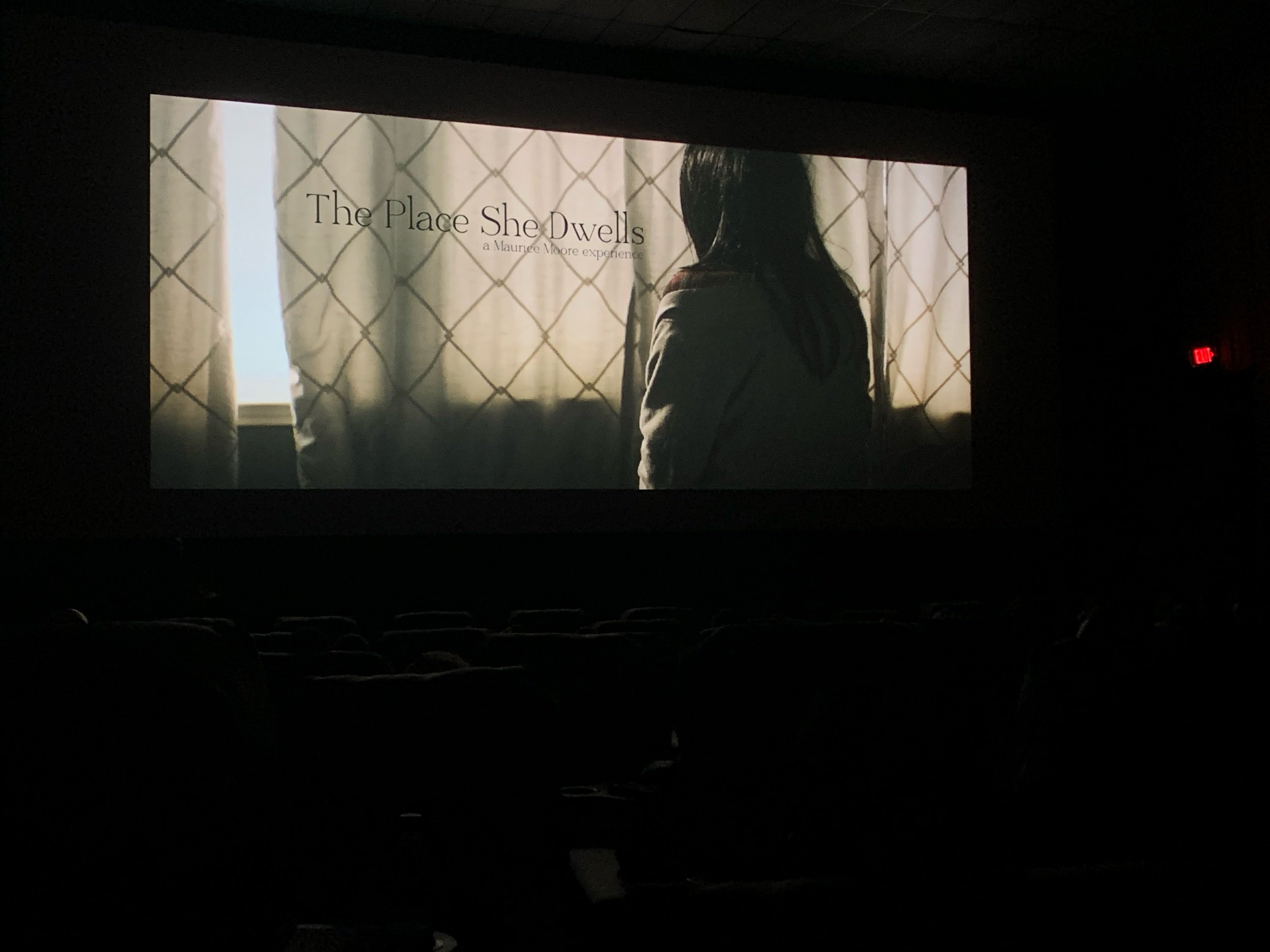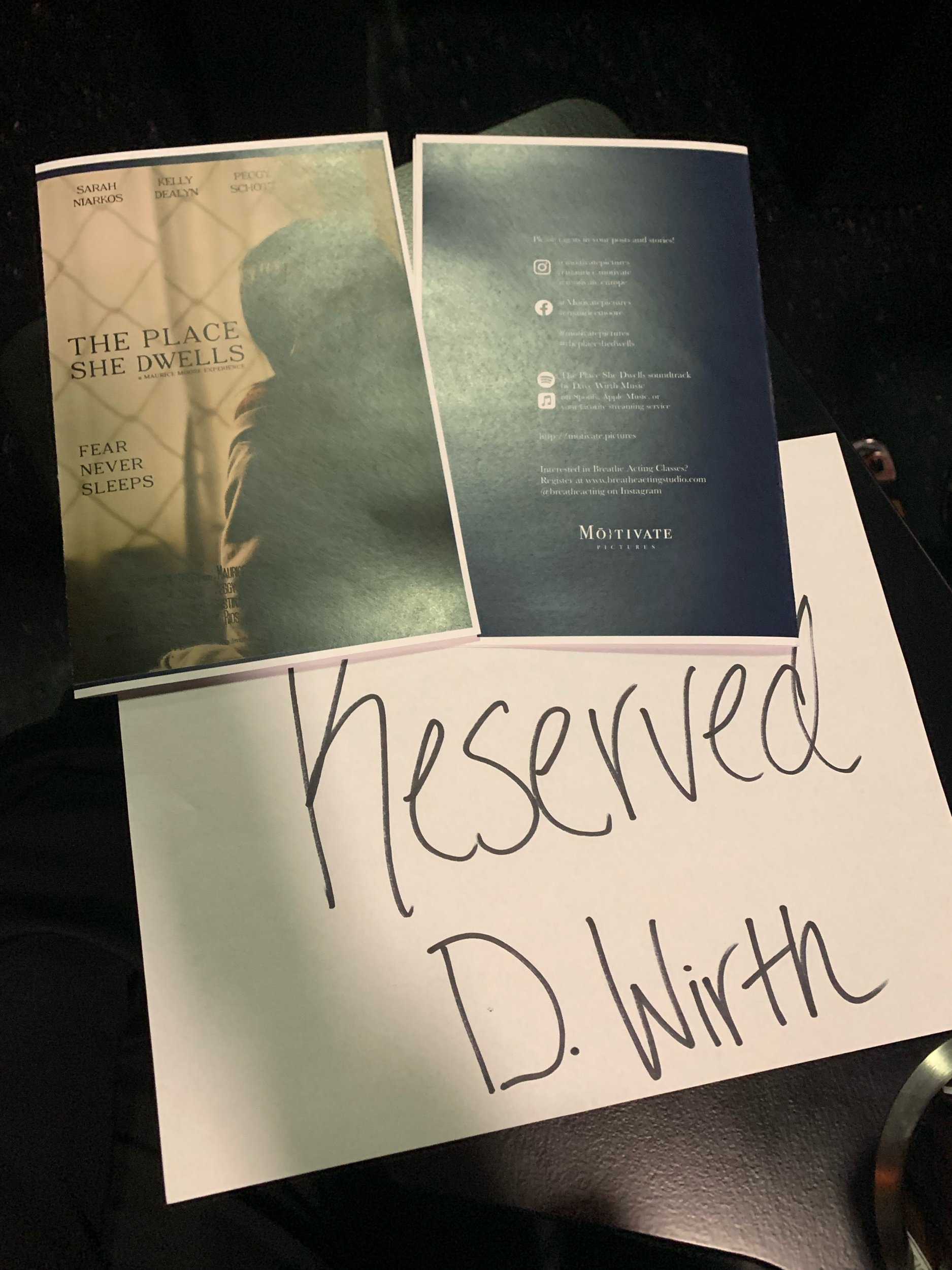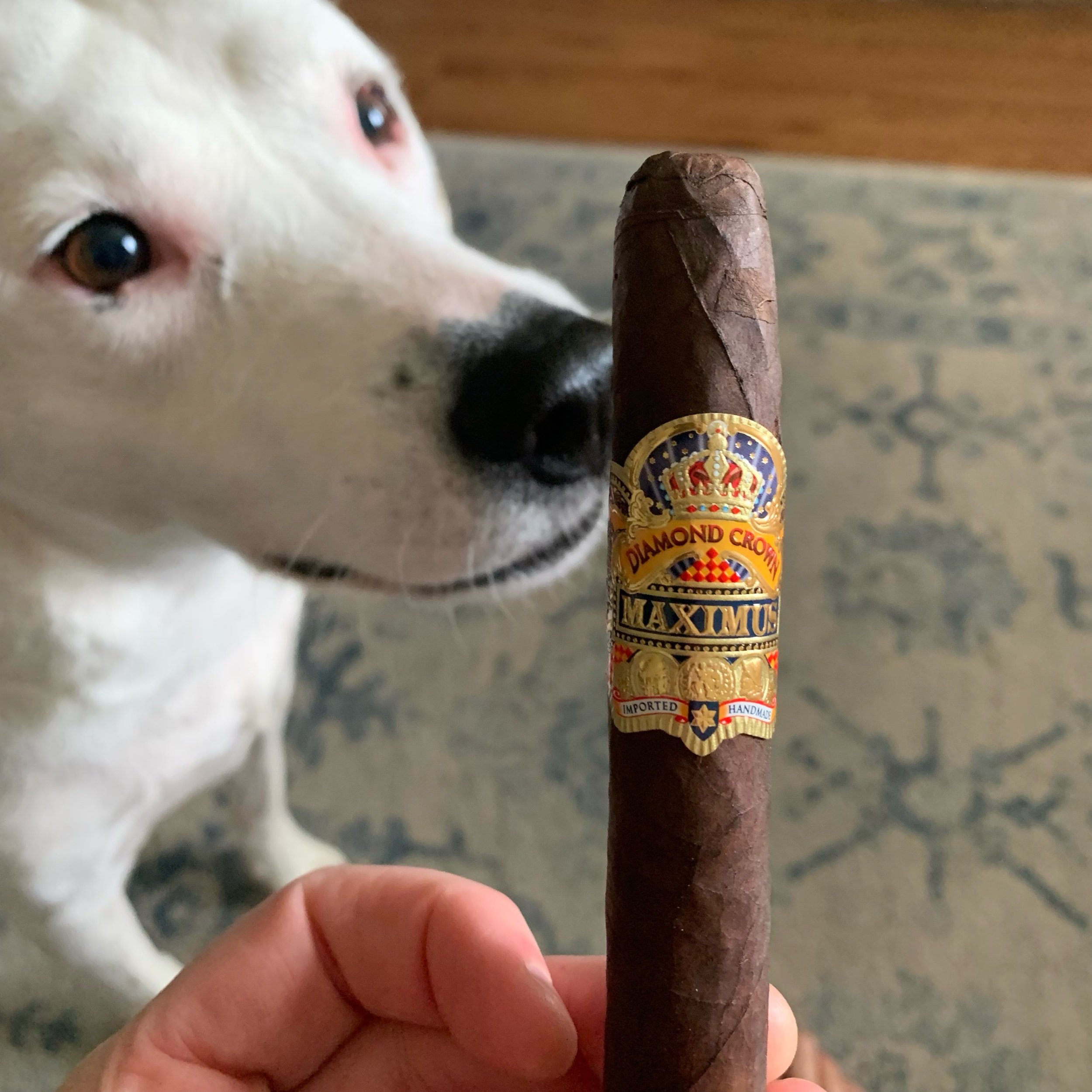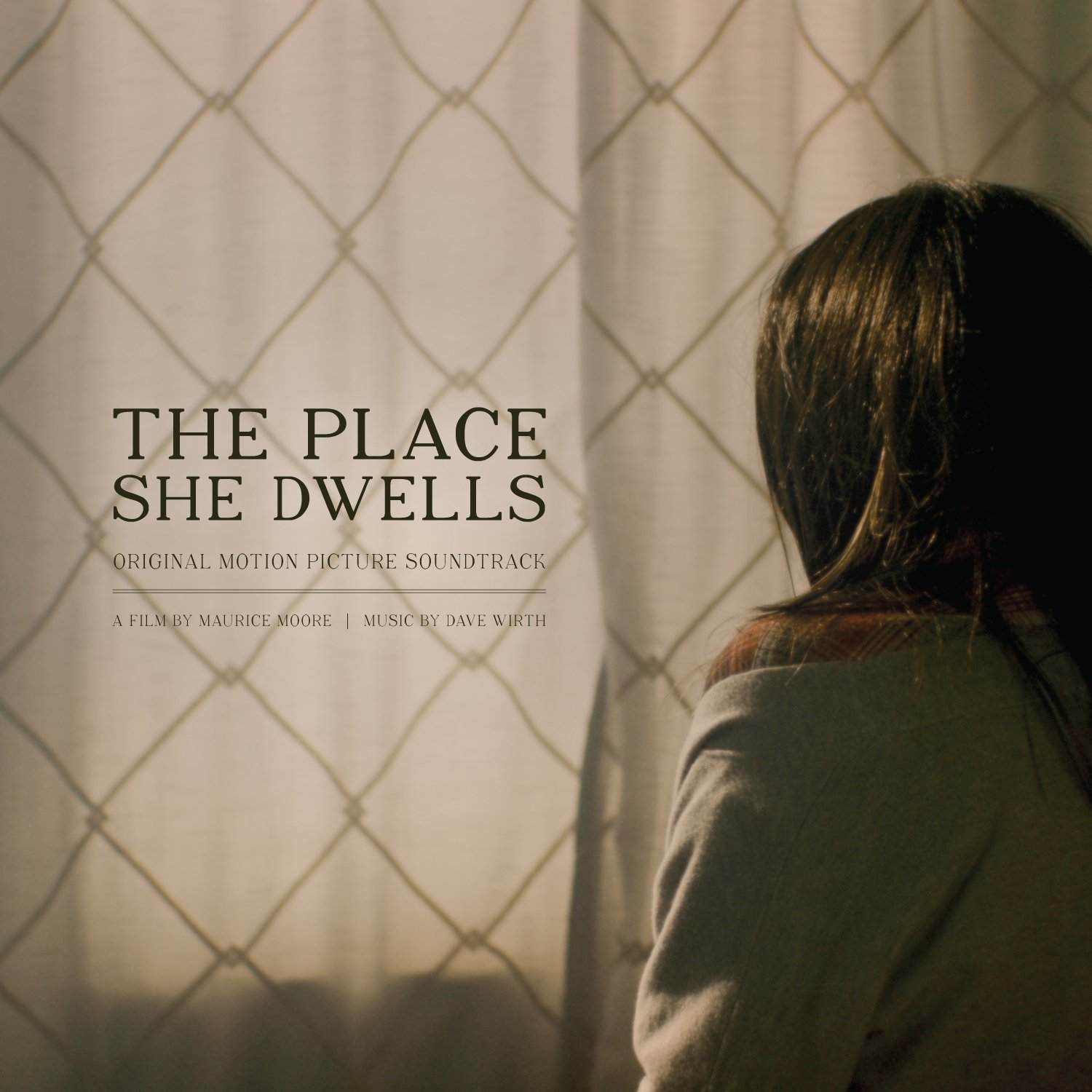Whenever anyone says that they don’t mind the heat in Austin Texas, they never say it during August.
The heat makes things feel a little... cwazy. My sycamore tree gasps for breath in a very yellow-leafed way. The lizards scoot over the pavement like mini hovercrafts. Ants hide in the relative shade of the grass. Cats never bask in the sun. Dogs don’t get walked until the day is done.
To make matters comical, the AC in my car died. I have a 7 mile radius I can drive, unless I decide to get out in the early mornings. Getting lunch? Gotta deliberate on that one. Have a date with a special someone? Might want to rent a car for that. My Mom and I have had pretty epic conversations about getting a new car. I gotta admit, I feel tempted.
To make summers shorter, I pick projects that take a little while to get done. An album, a film score, something. This time, I decided to do something a bit different, and epically satisfying on a creative level.
I decided to completely categorize all of my old voice notes, sketches, and musical ideas so I could search by mood and project. I wanted to have a plethora of melodic ideas ready to go, at a moment’s notice.
For example, on February 19th, 2020, I created an orchestral sketch entitled, “P17 - Doubling For Power” (see screenshot below). Doubling for Power is a orchestral technique taken from George Frederick McKay and his epically good Creative Orchestration.. Be sure to get the workbook for Creative Orchestration, too. It’s great for learning how to orchestra.
I wanted to categorize Doubling For Power with moods [see screenshot]. I wanted to make sure I knew it was something I could use for film soundtracks. And I also wanted to write down who it reminded me of, like composers and artists. Finally, I wanted to be able to pull this up on different devices to audition the idea.
And here comes the drama: Whereas before I had no idea this sketch even existed, now if a director came to me and asked for something epic, powerful, rhythmic, and dramatic, then I can search for the moods and audition this piece for the director immediately.
Not all the sketches I had were orchestral ones. Many involved synthesizers. More than 800 of them of them are me singing into my voice notes app and saving them. Sometimes, this happened in the middle of the night. I’ve found these to be great starting points for new films.
When I started on June 30th, I had just around 2,100 or so sketches to catalog. And it was a huge mess. I looked at the sheer amount of them and got a headache thinking about having to search them. How to find just the right idea.
That led me to the next idea: Why not create a database of sketches? Luckily, I found an incredible app called Collections. And, I totally recommend it. It has made the cataloging process so much easier.
It’s now the middle of August, and this morning I completed quite a few sketches and records. I can already think a little clearer. And boy was it ever fun to find old, crazy sketches (I found an early demo of this song, too)




























